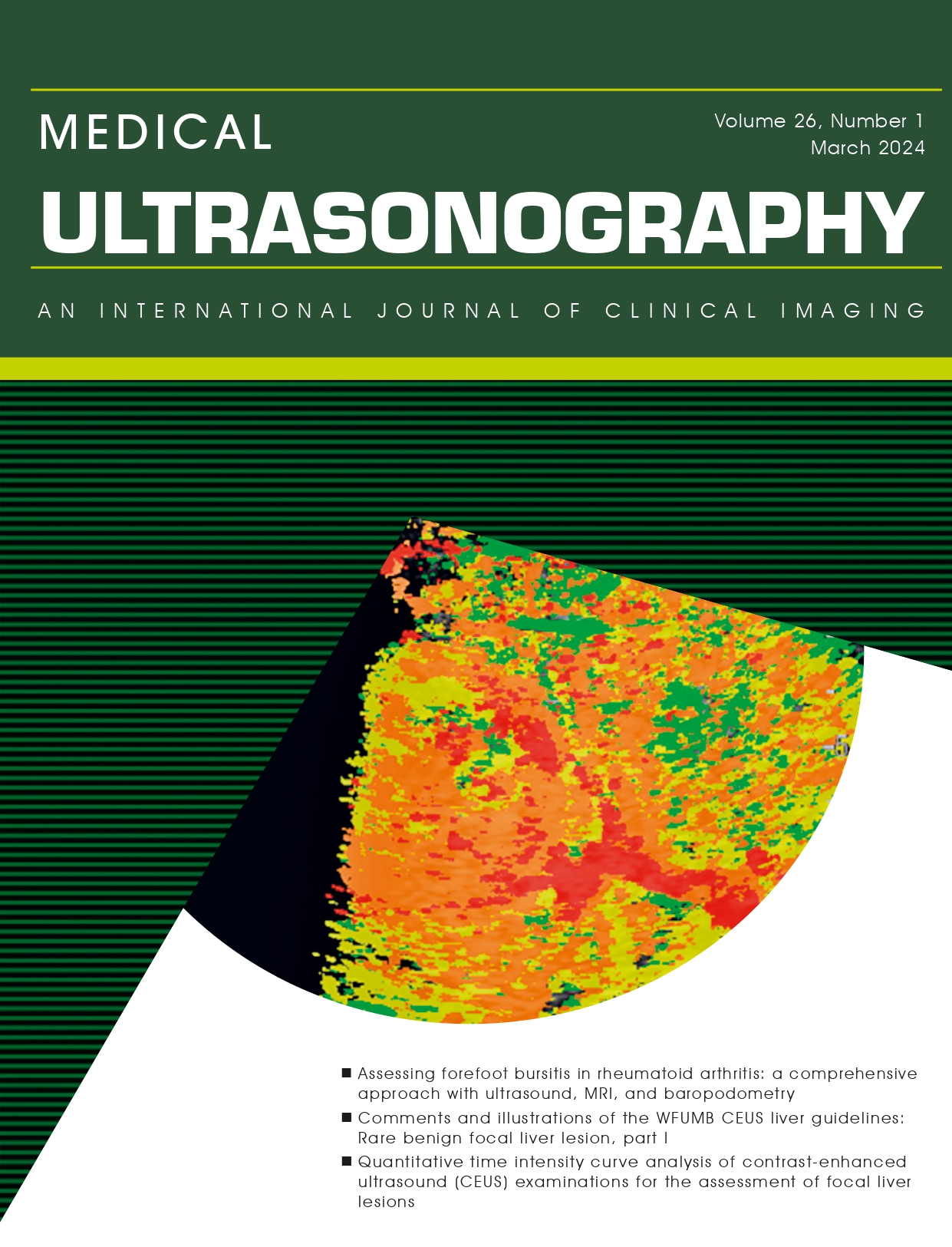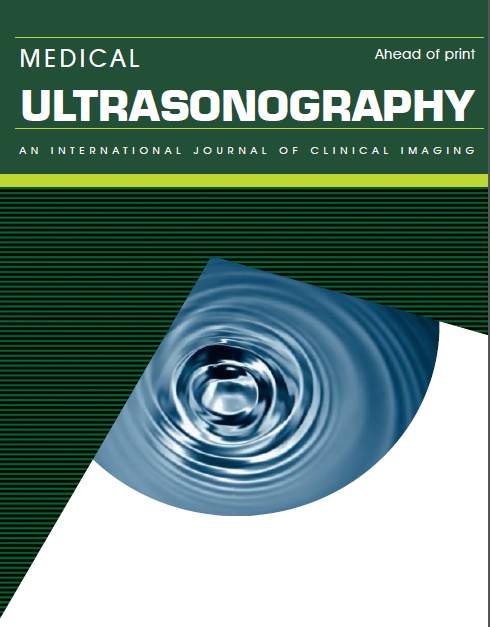Various aspects of Contrast-enhanced Ultrasonography in splenic lesions – a pictorial essay
Abstract
Spleen pathology is rare in comparison with other abdominal organs, but often its lesions occur in complex pathological contexts, with systemic involvement. Although the lesions could be discretely symptomatic, their evolutionary potential might be severe. Conventional B-mode and Doppler ultrasound are the first-line imaging methods in spleen assessment, but frequently they do not allow the characterization of focal splenic abnormalities. Contrast-enhanced ultrasound (CEUS) is fast, safe, easy to perform, non-irradiating and can be used in patients with renal failure. By highlighting splenic macro and micro-vascularization, CEUS significantly increases the detection rate and allows the characterization of vascular (infarction, ischemia, thrombosis) and traumatic lesions, with high diagnostic accuracy. Additionally, ectopic splenic tissue can be identified with high accuracy. The method improves both the detection and characterization of splenic nodules, but some limitations still remain, especially in the differential diagnosis between malignant and some benign lesions. This article aims to portray aspects of CEUS imaging in various splenic pathologies using clinical examples from our experience and to review the CEUS contribution in the diagnosis of splenic lesions.
Keywords
DOI: http://dx.doi.org/10.11152/mu-2521
Refbacks
- There are currently no refbacks.




